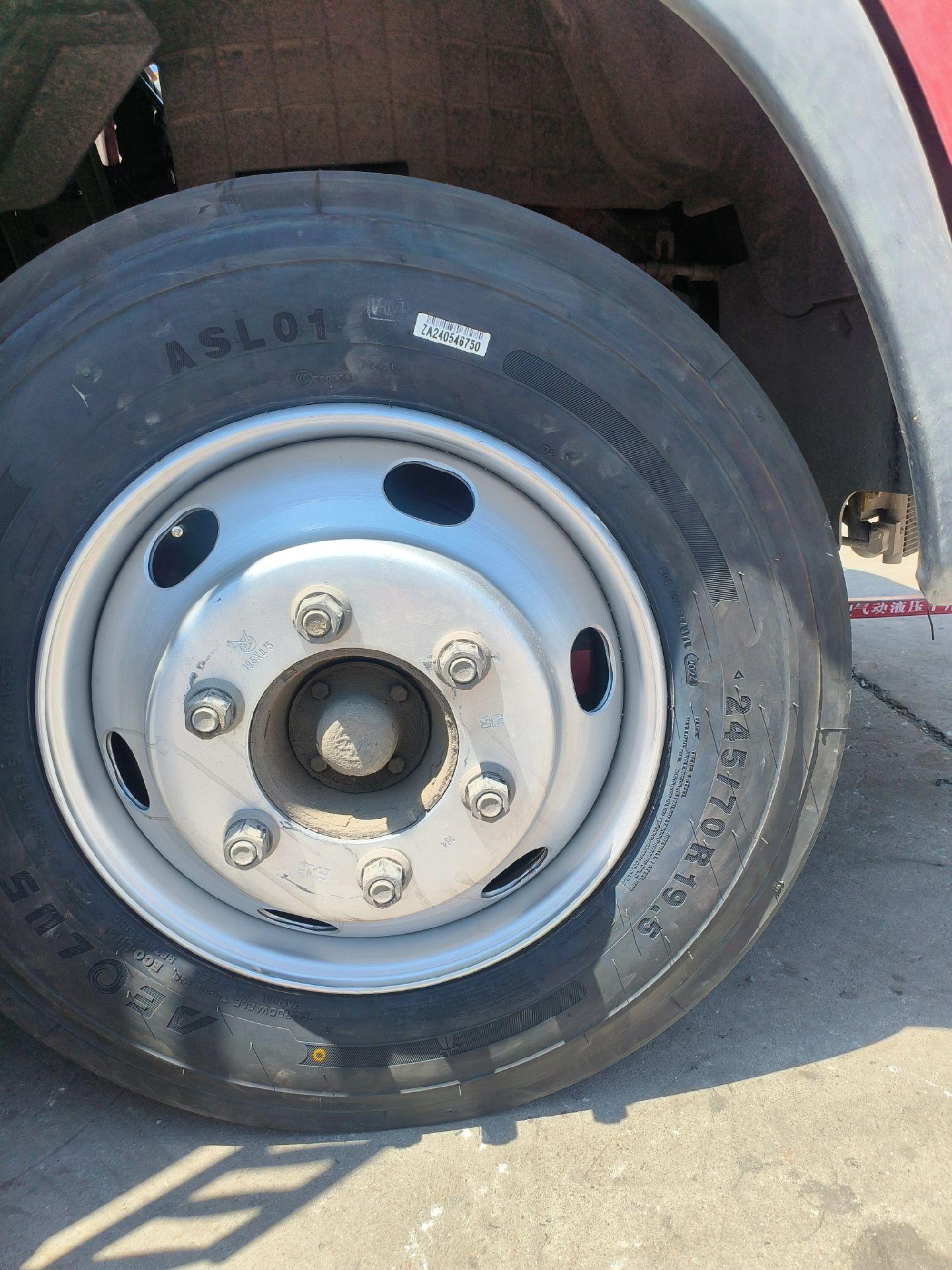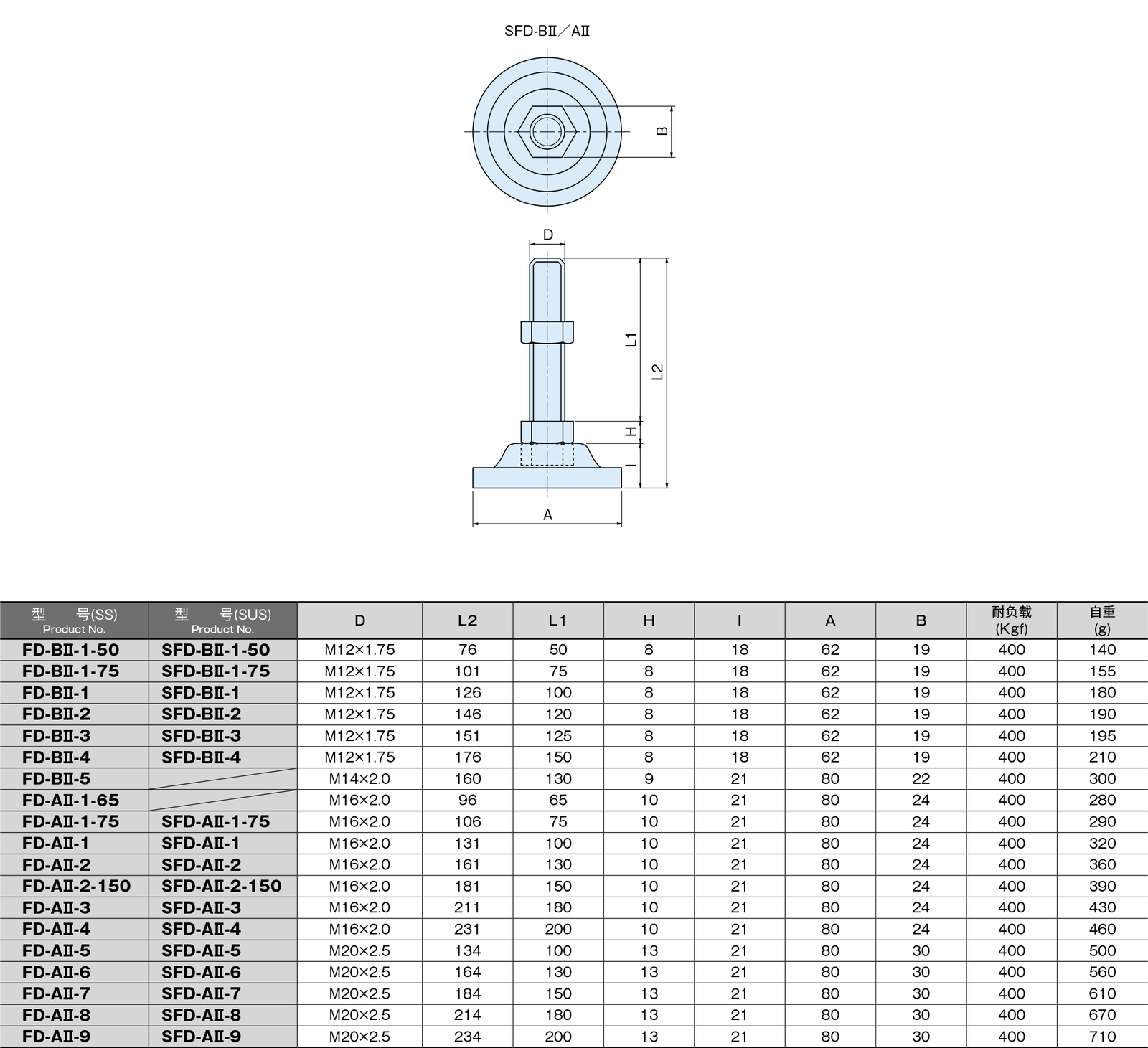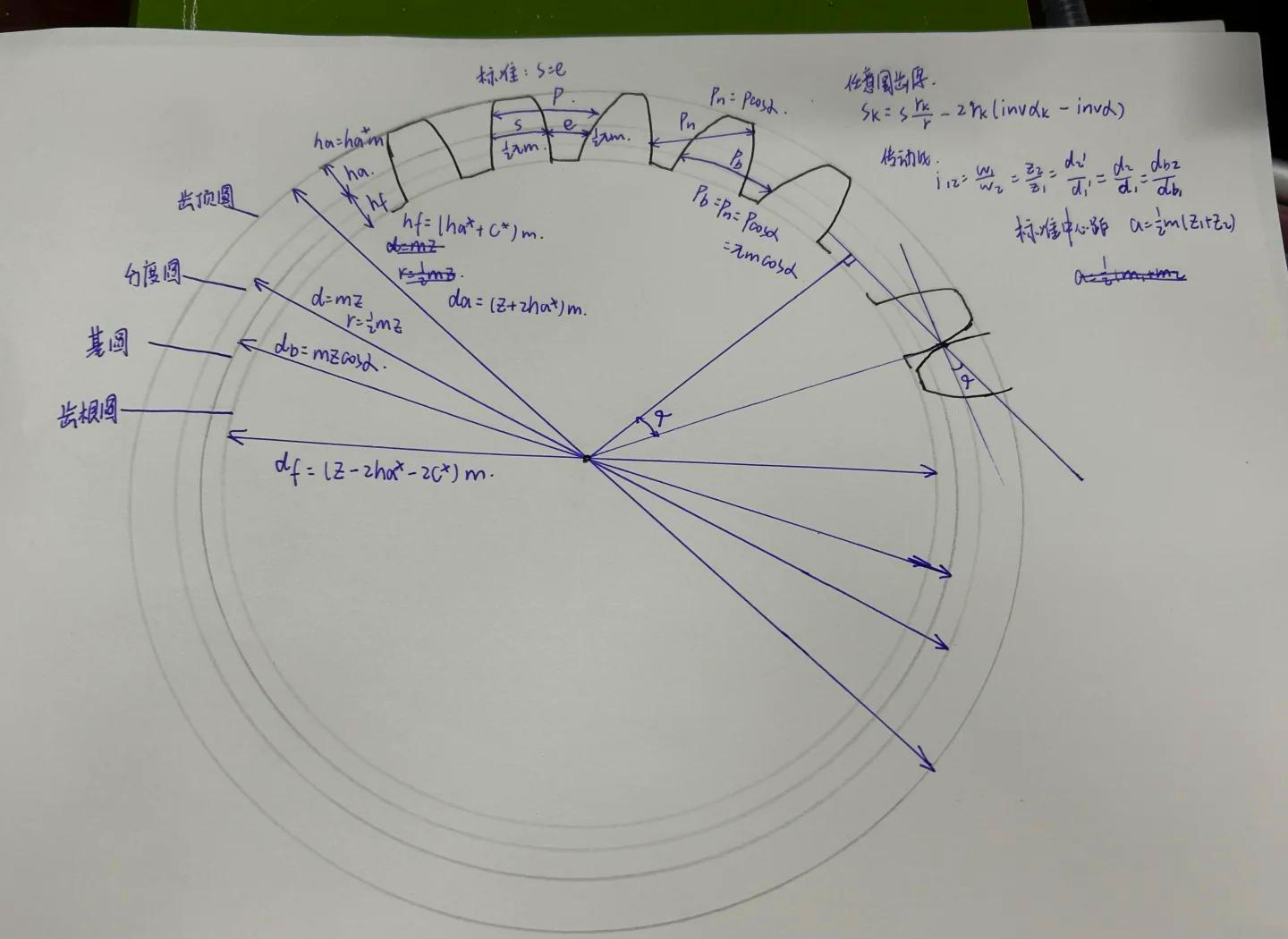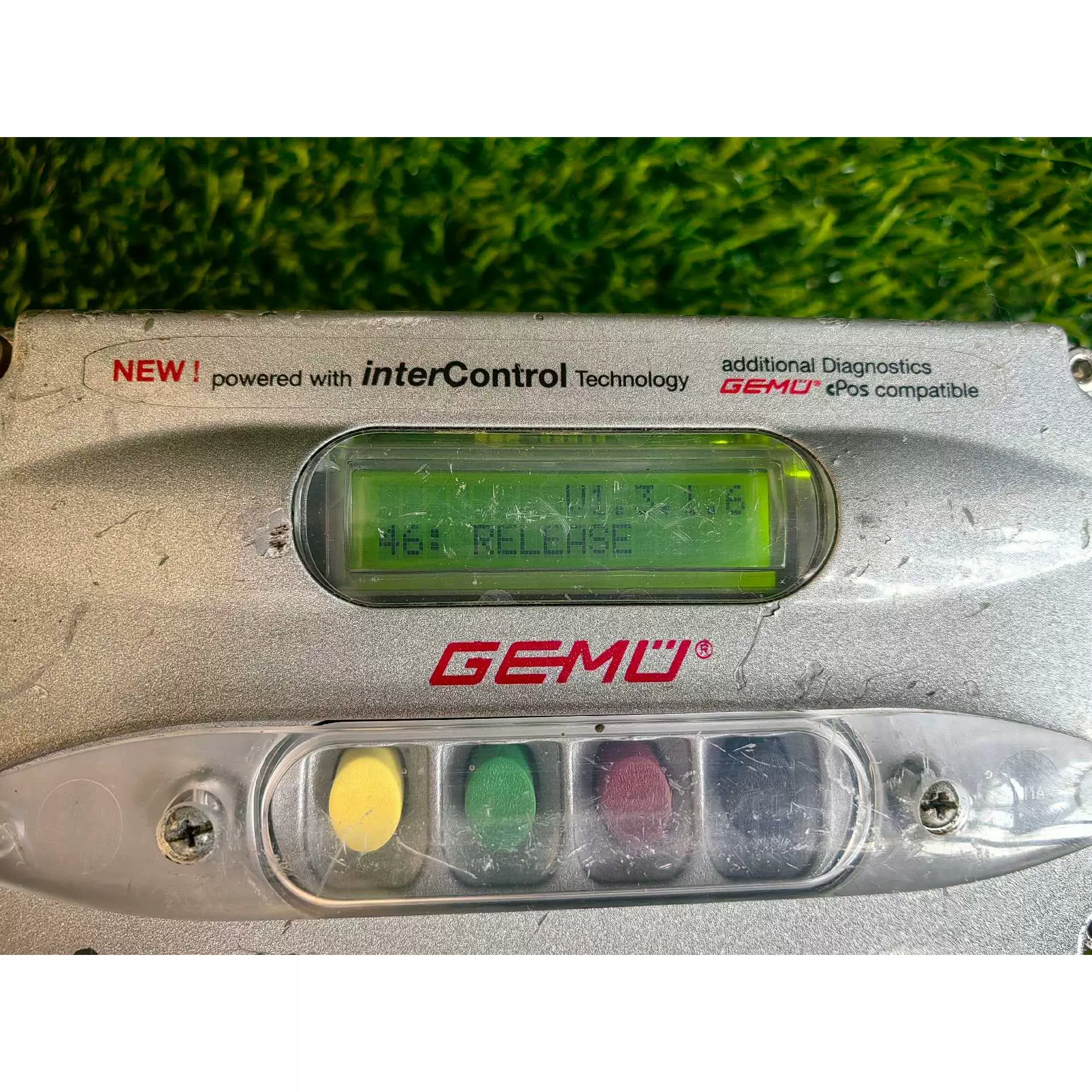OEM WG9725610010 12R22.5-16PR Tubeless Tire for HOWO Chassis



The WG9725610010 12R22.5-16PR Tubeless Tire Assembly represents a pinnacle of engineering for heavy-duty transportation. Designed specifically for HOWO truck chassis systems, this tire assembly integrates advanced materials and construction techniques to deliver unparalleled road performance. Its tubeless design eliminates inner tube vulnerabilities, significantly reducing the risk of sudden air loss during operation. With deep tread grooves engineered to displace water and prevent hydroplaning, this tire maintains consistent traction across diverse weather conditions. The robust 16-ply rating ensures exceptional load-bearing capacity, making it ideal for long-haul freight operations where equipment reliability directly impacts delivery timelines.
Optimized Performance Features
At the core of the WG9725610010 assembly is its proprietary rubber compound, developed to balance wear resistance with flexible cold-weather performance. Laboratory testing confirms a 15% improvement in tread longevity compared to standard commercial tires, reducing replacement frequency and fleet maintenance costs. The steel-belted radial construction provides structural stability at highway speeds while minimizing rolling resistance. For fleet managers operating WG9725610010-equipped vehicles, this translates to measurable fuel economy savings of 3-5% per kilometer. The bead design incorporates reinforced apex strips that enhance wheel-seating security, preventing rim slippage during sudden maneuvers with heavy payloads.
Durability Engineering
Extreme durability testing of the 12R22.5-16PR specification has validated its resistance against common road hazards. The sidewall reinforcement layers contain high-density nylon shields that deflect debris while resisting cuts from sharp objects. Heat dissipation technology prevents thermal degradation during extended mountain descents, maintaining internal integrity when brakes generate sustained heat. The WG9725610010 assembly features a unique shoulder design that distributes cornering forces evenly across the tread surface, reducing irregular wear patterns that compromise other tires after 20,000 kilometers of service. For HOWO operators navigating challenging terrains, the tire’s stone ejector ribs actively clear aggregate from tread grooves, preserving grip on unpaved surfaces.
Application-Specific Advantages
Developed through extensive collaboration between Sinotruk engineers and European tire technologists, the WG9725610010 excels in demanding commercial applications. Mining operations benefit from its cut-resistant compound when vehicles traverse areas with exposed ore fragments. Refrigerated transport fleets report consistent performance in temperature extremes, where the polymer formulation maintains flexibility at -40¡ãC without compromising durability in desert conditions exceeding 50¡ãC. The tire’s internal structure dampens vibration transmission, reducing driver fatigue during extended shifts while protecting sensitive cargo. With rolling noise measurements averaging 71 dB at 80 km/h–7 dB below EU regulation limits–this assembly contributes to noise pollution reduction in urban logistics.
Load Efficiency and Stability
The 16-ply rating of the WG9725610010 provides class-leading weight distribution capabilities. Each tire confidently manages single-axle loads exceeding 3,500 kg at rated pressure while maintaining safety margins. Computer-simulated footprint analysis shows an optimized contact patch that minimizes ground pressure peaks, making it suitable for operations on paved surfaces with weight-sensitive limitations. During third-party testing under ISO metrics, the assembly demonstrated 22% less footprint deformation under maximum load compared to equivalent competitors. For construction logistics managers, this means enhanced job site access with reduced surface damage and improved stability during boom crane operations.
Environmental Compatibility
Sustainable manufacturing processes distinguish this tire assembly, which incorporates 12% reclaimed rubber content through a proprietary devulcanization process without compromising physical properties. Low-aromatic oil compounds reduce VOC emissions during production and throughout the product lifecycle. Post-consumer recycling programs efficiently separate steel and textile components from rubber at end-of-service, diverting over 88% of materials from landfills. The optimized rolling resistance of WG9725610010 contributes directly to carbon footprint reduction for logistics companies, with aggregate emissions savings exceeding 1.2 metric tons per vehicle annually when replacing legacy tires.
Technical Innovations
At the forefront of tire technology, the 12R22.5-16PR assembly employs a variable-pitch tread sequence that cancels harmonic noise frequencies. The shoulder blocks incorporate micro-channels that enhance wet surface adherence by creating additional biting edges during rainfall. Underneath the primary tread, a layer of silica-reinforced rubber increases traction coefficient while serving as a thermal barrier. This WG9725610010 model exceeds R117 certification parameters for wet braking performance, achieving friction coefficients of 0.7 on saturated surfaces at commercial vehicle testing facilities. Digital verification methods using 3D tread scanners validate consistent depth across every production unit.
Adaptive Performance Spectrum
Seasonal versatility makes this tire assembly particularly valuable for operators navigating varied climatic zones. The silica-rich compound maintains elastomeric properties across temperatures ranging from -40¡ãC to 70¡ãC, delivering predictable handling during transitional weather patterns. Tread squirming is virtually eliminated through the use of full-width shoulder ribs that stabilize the contact patch during steering inputs. Independent cold-weather testing in Nordic regions confirmed 27% shorter stopping distances on icy surfaces compared to conventional tread designs. Conversely, tropical region operators report excellent wet grip retention during monsoon seasons due to the directional V-pattern tread architecture.
Operational Economics
Total cost of ownership analysis positions the WG9725610010 as an economically superior choice. With minimum retread potential of two cycles through certified processes, lifecycle costs decrease by up to 38% versus single-use alternatives. The optimized profile geometry reduces scrub wear on adjacent suspension components, extending service intervals for bushings and ball joints. Fleet telematics data from commercial operators reveals service intervals averaging 180,000 km between replacements–outpacing market competitors by 23%. For high-mileage freight companies, this translates to direct savings exceeding EUR1,800 per axle annually through reduced downtime and maintenance overhead.
Validation and Compliance
Manufacturing at ISO 9001-certified facilities guarantees consistent adherence to dimensional tolerances within 0.3mm across all critical parameters. Each WG9725610010 unit undergoes holographic testing to identify potential internal anomalies that might escape conventional methods. Stringent compliance includes ECE R30 homologation for European markets and DOT certification for North American operations with full traceability through laser-etched serialization. International safety certifications include CCC (China), GOST (Eurasian Union), and INMETRO (Brazil), enabling global commerce without modification requirements across regulatory boundaries.
Industrial Solutions
Beyond traditional transportation, this tire assembly serves specialized roles in industrial contexts. Port operations benefit from its reinforced sidewalls when navigating metal-grid dock surfaces that damage standard tires. Elevated temperature resistance makes it suitable for asphalt tanker applications where ambient heat exceeds 80¡ãC near discharge systems. On-airfield support vehicles, the non-marking compound leaves no transfer residues on sensitive tarmac surfaces. The integrated balancing technology reduces vibration-induced equipment failures on mobile screening plants used in aggregate processing, where extended operational times under full load are routine.
Future-Ready Design
Compatibility considerations extend to next-generation transportation platforms. The electromagnetic signature of WG9725610010 was engineered to avoid interference with autonomous vehicle sensor suites. Special attention to steel composition eliminates interactions with road-implanted charging systems slated for electric truck corridors. Digital integration potential exists through RFID tags embedded in the sidewall during molding, enabling wear tracking within fleet management software via satellite-connected platforms. As autonomous platooning technology matures, the predictable lateral forces of this tire design support inter-vehicle distance optimization algorithms currently in development.
Developed through continuous field feedback from international freight operators, the WG9725610010 assembly establishes new benchmarks for safety and durability. Its success originates from addressing the gap between theoretical performance metrics and real-world operating conditions faced by HOWO truck fleets daily. With zero-compromise materials quality and purpose-built engineering, this tire provides dependable service across diverse commercial applications.




